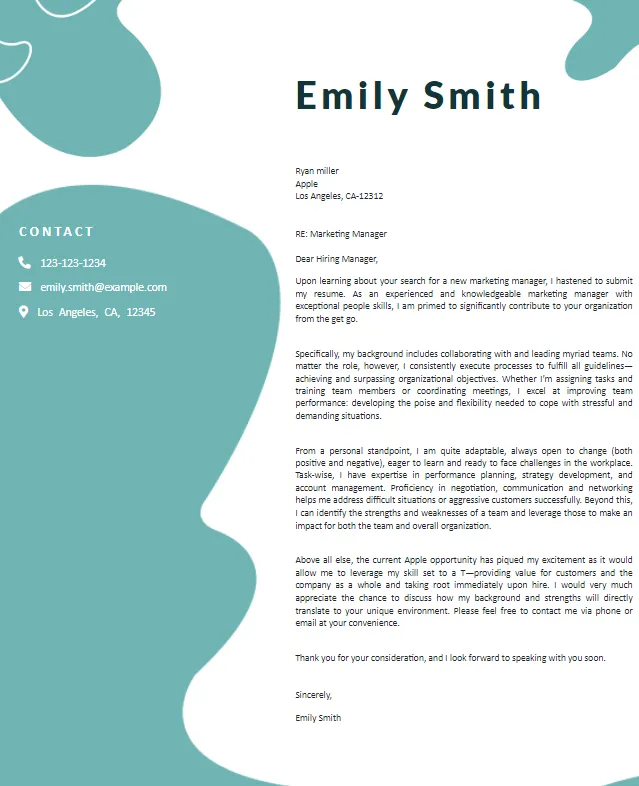Cover Letter Secrets Unveiled
Crafting a compelling cover letter is an art form, a crucial step in landing your dream job. It’s your first impression on potential employers, and a well-written cover letter can significantly boost your chances of getting an interview. This guide dives into the top 7 secrets to writing cover letters that grab attention, showcase your skills, and ultimately, get you hired. Remember, your cover letter isn’t just a formality; it’s a powerful tool that can set you apart from the competition. We will explore proven strategies to highlight your accomplishments, tailor your message, and make a lasting impact. So, let’s unlock the secrets to cover letter success and propel your job search forward.
Highlighting Your Skills
Your cover letter should be a concise yet persuasive showcase of your relevant skills. Don’t just list your abilities; demonstrate how you’ve applied them in previous roles. Instead of simply stating “proficient in project management,” give an example. For instance, “Successfully managed cross-functional teams to deliver projects on time and under budget, resulting in a 15% increase in efficiency.” Focus on the skills that align with the job description. This targeted approach demonstrates that you’ve taken the time to understand the employer’s needs and that you possess the qualifications they seek. Always remember to prioritize the skills that are most relevant to the specific position you’re applying for. Highlighting your skills effectively is about showing, not just telling.
Quantify Your Achievements
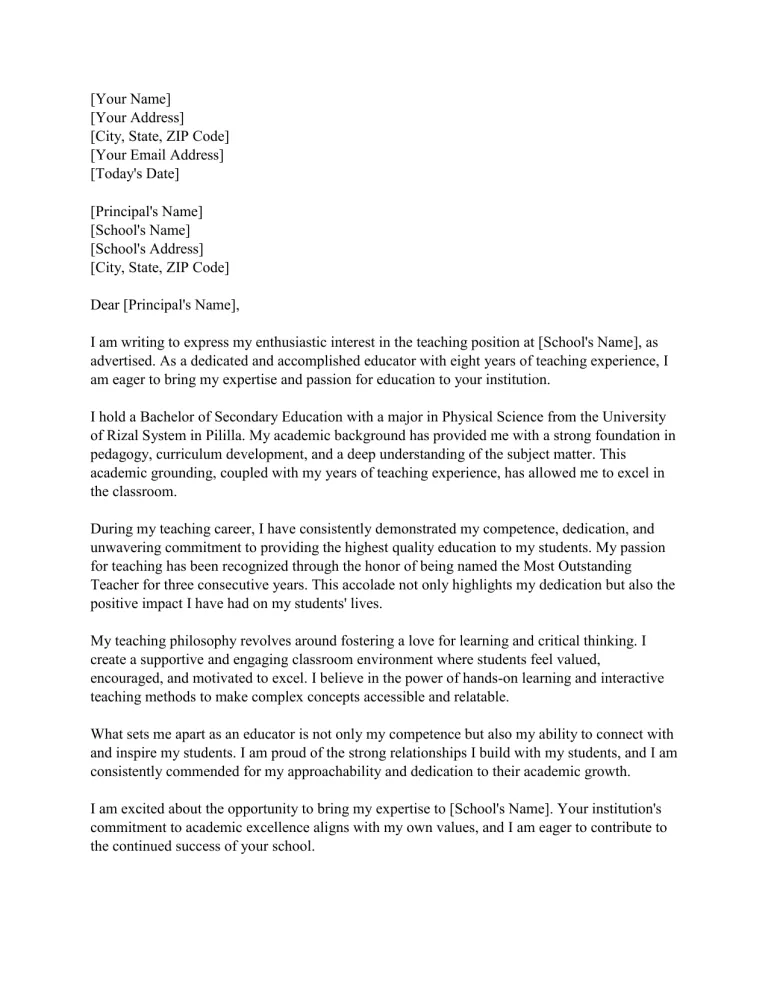
Numbers speak louder than words. Whenever possible, quantify your achievements. Instead of saying, “Improved customer satisfaction,” write “Increased customer satisfaction scores by 20%.” These specific, measurable results provide concrete evidence of your impact and add credibility to your claims. Use metrics like percentages, dollar amounts, and specific timeframes. For example, “Reduced operational costs by 10% within six months.” Quantifying your achievements allows potential employers to see the tangible value you brought to previous roles and how you can contribute to their organization. These data-driven examples make your cover letter more impactful and demonstrate your results-oriented approach to work, making you a more attractive candidate.
Tailoring Your Letter
Generic cover letters are easily identified and often discarded. Customize each cover letter to match the specific job and company. This shows that you’ve taken the time to understand the role and the organization’s values and needs. Mention specific aspects of the job description and explain how your skills and experience align with those requirements. If possible, refer to the company’s mission, recent projects, or values to show that you’re genuinely interested in the opportunity. This level of personalization sets you apart and shows your dedication. Your cover letter should tell the employer why you are a good fit for their specific needs, not just what you want. Tailoring your cover letter significantly improves your chances of getting noticed by the hiring manager.
Researching the Company
Before writing your cover letter, thoroughly research the company. Understand their business, their culture, and their recent achievements. Visit their website, read news articles, and check their social media profiles. Demonstrating knowledge of the company shows your interest and initiative. Incorporate specific details about the company into your letter. Mentioning their recent projects or highlighting how your skills align with their goals demonstrates that you are genuinely interested in the opportunity. This research-backed approach makes your cover letter more personalized and impactful. It shows you’re not just sending a generic application; you’re specifically targeting this company because you believe you can contribute to their success. This effort demonstrates a proactive approach that is highly valued by employers.
Use Action Verbs
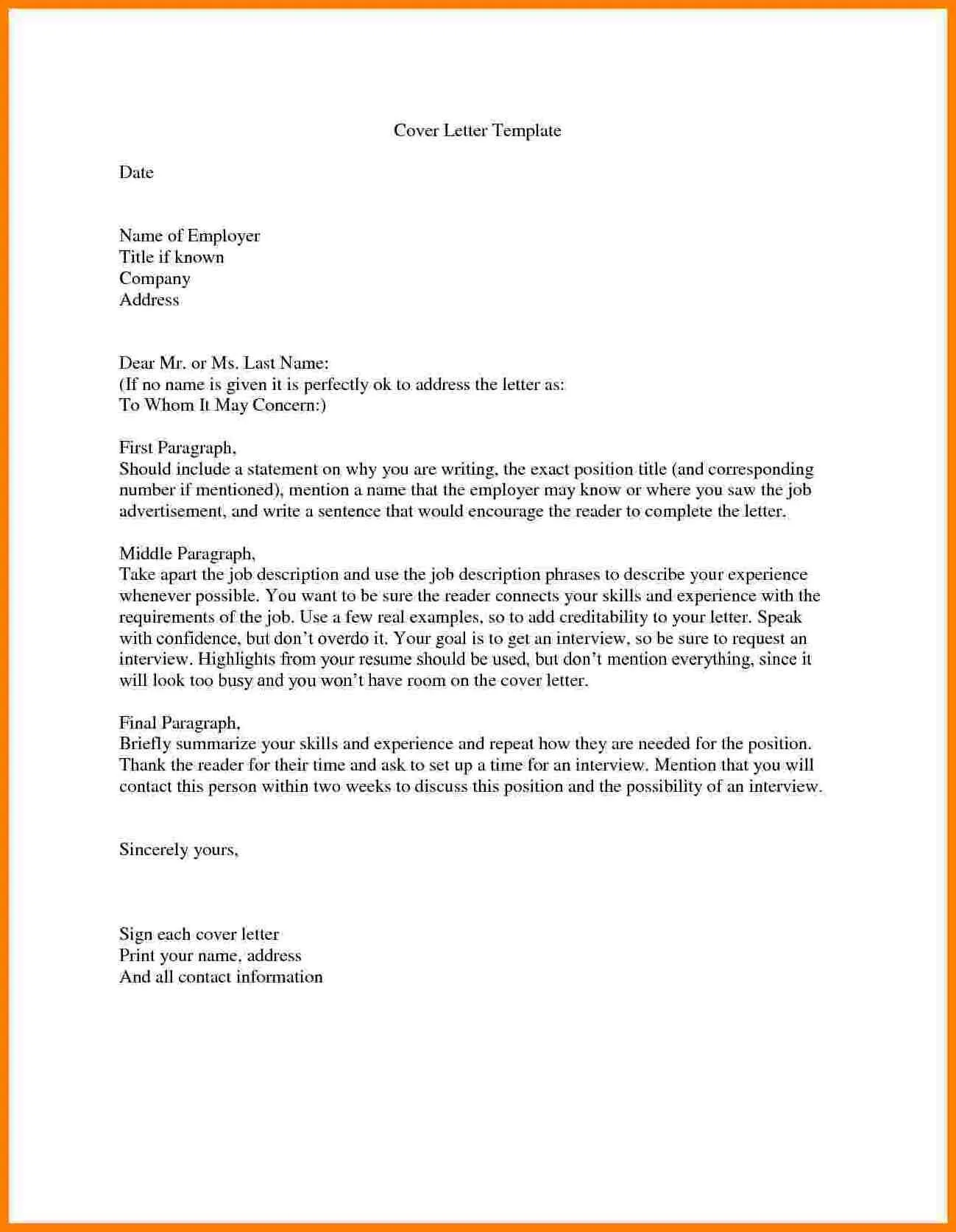
Action verbs are essential for creating a dynamic and engaging cover letter. Start your sentences with strong verbs that highlight your accomplishments and contributions. Instead of saying, “Responsible for managing projects,” use action verbs like “Led,” “Managed,” “Oversaw,” or “Implemented.” Action verbs bring your accomplishments to life and create a more vivid picture for the reader. Here are some effective action verbs examples: “Developed,” “Achieved,” “Increased,” “Improved,” “Collaborated,” and “Streamlined.” By using a variety of these verbs, you make your cover letter more compelling and showcase your capabilities. The correct word choice can make all the difference.
Show, Don’t Tell
Avoid simply stating that you possess certain qualities; show it through specific examples. Instead of claiming to be “a team player,” describe a situation where you collaborated successfully with a team to achieve a goal. For example, “Collaborated with a cross-functional team to launch a new product, resulting in a 10% increase in sales within the first quarter.” Showing, not telling, provides concrete evidence of your skills and accomplishments. By providing specific instances of your actions, you add credibility and make a stronger impression on the hiring manager. This approach creates a more memorable and persuasive cover letter and helps you stand out from other applicants.
Formatting is Key
A well-formatted cover letter is easy to read and visually appealing. Use a professional font, such as Arial or Times New Roman, and maintain a consistent font size (11 or 12 points). Keep your paragraphs concise and use bullet points to highlight key accomplishments or skills. Proper formatting makes your cover letter more readable and shows attention to detail. Use ample white space to avoid a cluttered appearance. A well-structured cover letter demonstrates professionalism and respect for the reader’s time. Ensure that your cover letter is visually appealing and easy to navigate, making it more likely that the hiring manager will read it carefully and retain the information you provide.
Keep it Concise
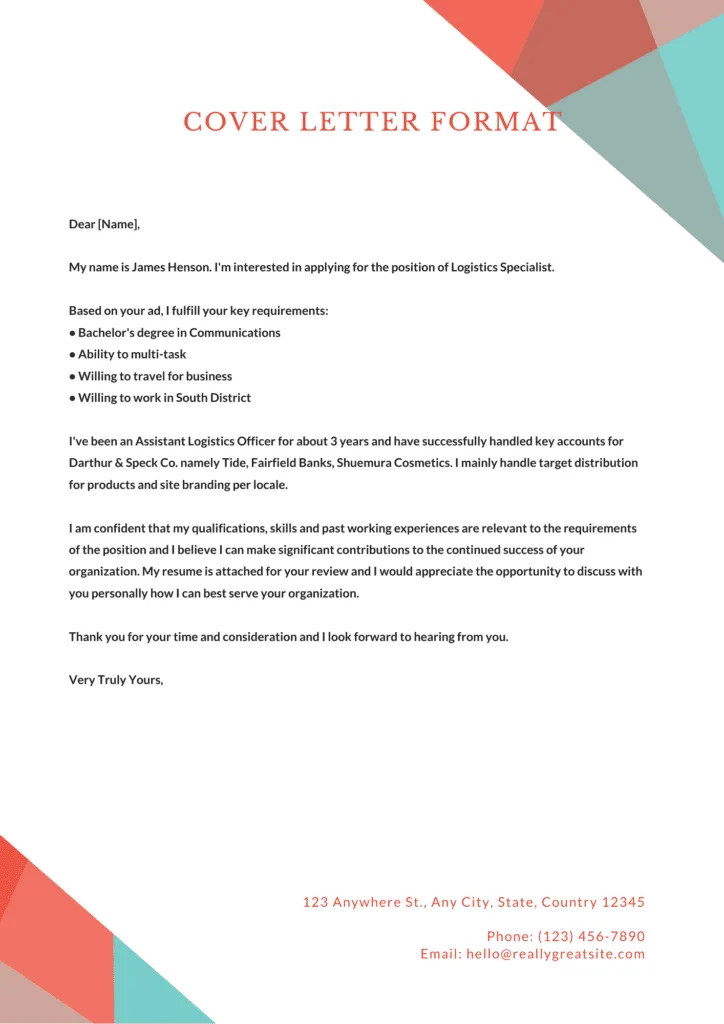
Keep your cover letter concise and focused. Aim for a one-page letter, typically no more than 3–4 paragraphs. Every sentence should contribute to your overall message and emphasize your qualifications. Avoid unnecessary details or jargon. The goal is to grab the reader’s attention and quickly convey your value. Being concise demonstrates respect for the reader’s time and helps ensure your key points are not lost. Prioritize the most relevant information and make every word count. A concise cover letter is more likely to be read and remembered.
Proofread Meticulously
Proofreading is a non-negotiable step in cover letter writing. Errors in grammar or spelling can damage your credibility and indicate a lack of attention to detail. Carefully proofread your cover letter multiple times. Use a grammar checker, but don’t rely on it entirely. Read your letter aloud to catch any awkward phrasing or errors. Ask a friend or family member to review it as well. A flawless cover letter demonstrates professionalism and increases your chances of making a positive impression. Proper proofreading enhances your credibility and signals that you are committed to excellence. Review your cover letter with the utmost care, and ensure it is error-free before submitting it.
Follow-up Strategy
Following up after submitting your cover letter and resume shows your continued interest and professionalism. However, timing is key. Give the hiring manager adequate time to review your application. A good practice is to follow up within 7–10 business days after submitting your application. This timing demonstrates initiative without being overly aggressive. A well-crafted follow-up email can remind the hiring manager of your application and reiterate your interest in the position. A follow-up strategy enhances your chance of being remembered and considered for the role.
What to Include in Follow-up
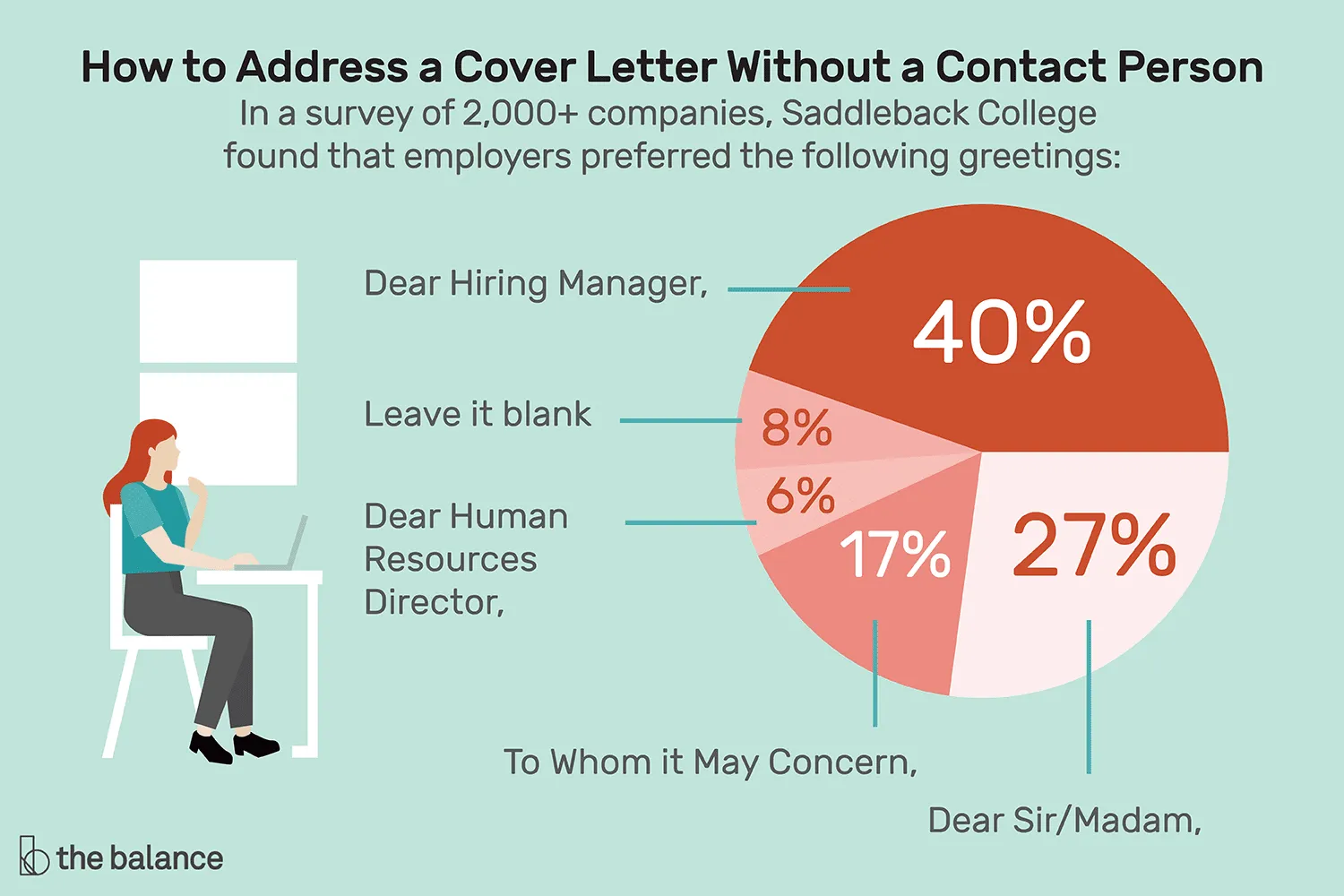
Your follow-up email should be brief and professional. Start by referencing the position you applied for and the date you submitted your application. Reiterate your interest in the role and briefly highlight a key skill or achievement that aligns with the job requirements. Thank the hiring manager for their time and consideration. You can also inquire about the status of your application and express your availability for an interview. The goal is to politely remind the hiring manager of your application and reinforce your qualifications, making you a more memorable candidate.
When to Follow up
As mentioned before, the ideal time to follow up is usually 7–10 business days after submitting your application. However, this may vary depending on the company’s hiring process and the specific role. If you have an estimated timeframe for a decision (mentioned in the job description or during the interview), adjust your follow-up accordingly. If you have not heard back after this time, it’s acceptable to send a polite follow-up email. Be respectful of the hiring manager’s time and avoid repeated follow-ups. If you do not receive a response, consider it a sign that the company is not pursuing your application. However, sending one well-timed follow-up can increase your chances of getting a response and making a positive impression.
Final Thoughts
Writing a great cover letter is essential for job seekers and requires dedication. By following these seven secrets, you can craft a cover letter that stands out, highlights your achievements, and increases your chances of getting an interview. Remember to tailor your letter to each job, use action verbs, quantify your achievements, and always proofread. Apply these techniques and your cover letters will impress potential employers. Your cover letter is your first chance to make a great impression. Start crafting yours today, and take the first step toward landing your dream job.
